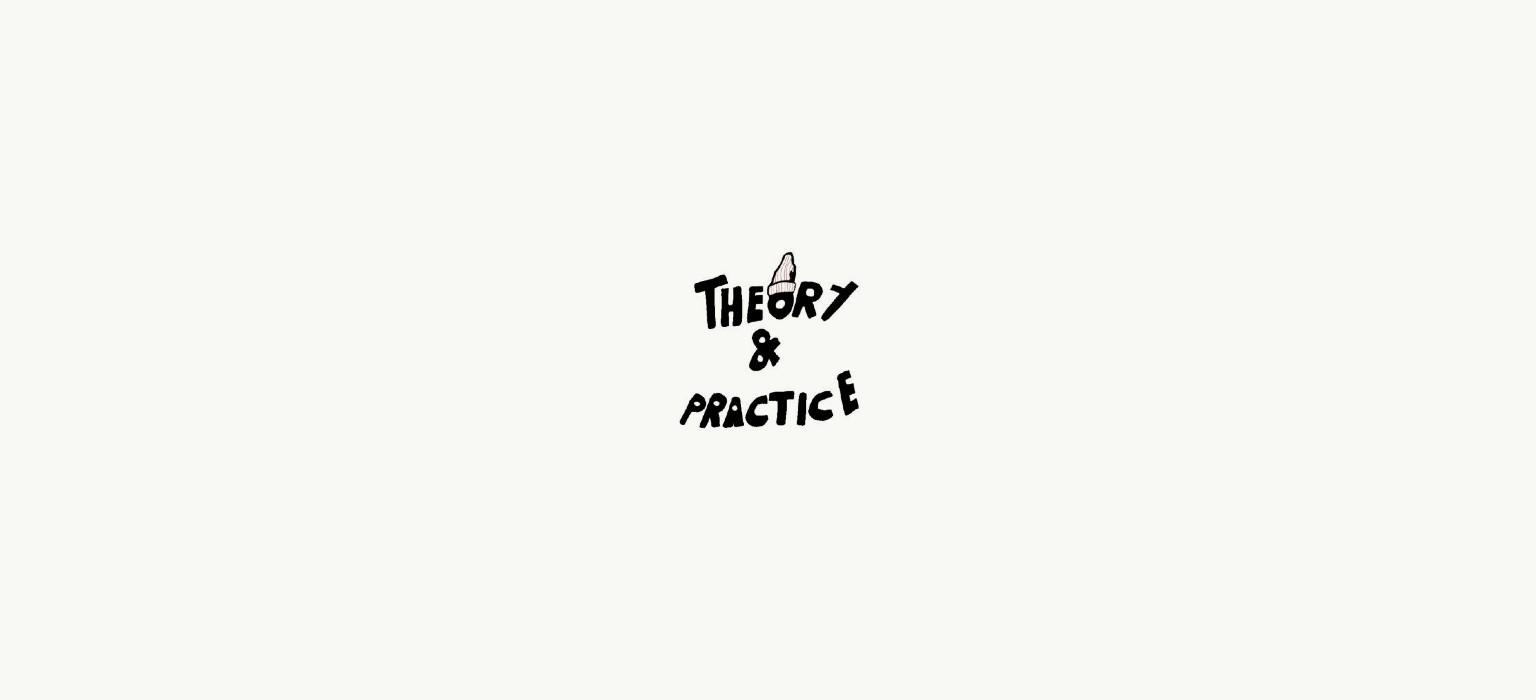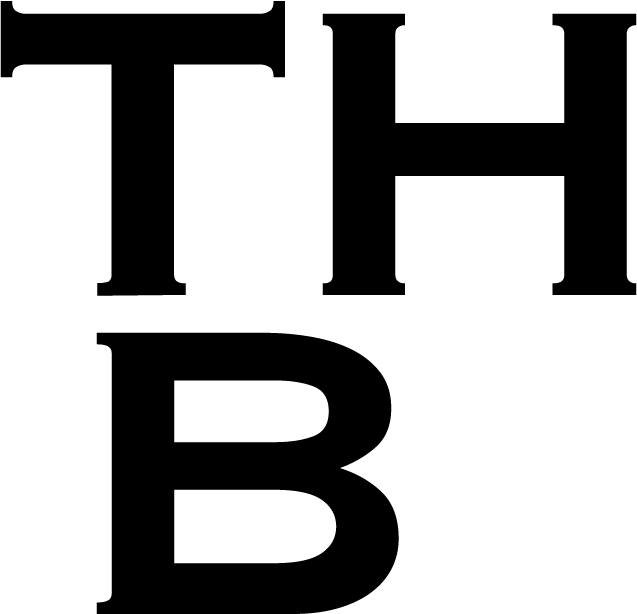
On learning from theory to practice
A few weeks ago I wrote about the immense chance we were facing and that the lock-downs would finally urge us “education workers” to realistically implement the theories, concepts and ideas we were rather emptily teaching for so long now. The trend in higher education, academia in general, to talk, discuss and debate about design thinking, disruption, creative destruction and how to implement these ideas into the classroom has quickly and drastically become concrete. It has already been a reality for quite some time and a lot of academics, researchers and thinkers were trying to push things forward. They anticipated what was, is and will be, coming. They somehow talked, not everybody listened.
Moore’s Law and Education
Great minds, such as John Maeda for example, are trying to tell us for 10 years already that computational design is one of digital transformation’s baselines, especially in education (this is just one example).
In this new era of computational design, traditional design education has become irrelevant.
John Maeda
Today we all carry supercomputers in our pockets or bags. These small objects are furthermore connected to even more powerful cloud-based infrastructures. That is todays first world’s status quo, as there is no Institute of Higher Education and most of their students able to refuse working, communicating and living without technology, whether they like it or not. There is unfortunately no freedom of choice, as H. Welzer puts it. We are socially and technologically “bullied” into it. This is maybe why we do not have any “Bauhaus-like” moment for computational designers (J. Maeda). Why aren’t we really teaching it, applying it to curricula and to the greater academic experience? All big, financially solid and internationally relevant Universities have tried — but it seamed and still proves to be impossible. Computation keeps evolving at the speed of Moore’s Law, classical education theory and design, as well as their budgets, unfortunately do not. They both more than often think to be innovative, but do move slow or, even worse, keep still.
Thinking to be disruptive or being disruptive
I once wrote that higher education institutions needed to accelerate and become them-selves as reflective, cutting-edge, disruptive and inclusive as they were teaching or asking students to be. I was pointing my guilty fingers at a system of theory and practice, as we like to call it. Unfortunately, we are somehow more and more missing “the practice part”, as employing practitioners, teaching theory through industry led projects or organizing monthly talks with business or industry leaders is not good enough anymore. It is not cutting edge, nor disruptive. It is the status quo since quite some time now and far too often directly linked to the institutions’ communication department. The practice part is thus basically reduced to creating leads and finally to enroll prospect students or to openly display the great network of contacts the school has to offer to its students or companies. We still often think of universities as a gateway to a classic job in a classic company, both of them being profoundly disrupted and becoming everything else than classic.
In his book of 2013, now more pertinent than ever, R. D. Precht proposes “An intelligent plea for an educational revolution, as young people going to school now, will retire in 2070 at the earliest.” In his train of thought today’s education is sadly still following the idea of subjects or units, whereas in reality, in our everyday life, in modern companies such boundaries are no longer existing. We are still teaching hard skills to 12-year-olds, while writing academic papers about the importance of human and social value creation in contemporary enterprises. We are telling them “to get their shit together”, focusing without halt that they are the leaders of tomorrow, while forgetting that we are the leaders of now. It is our responsibility, our chance.
Education as experience, not as a definition
The fact that the Quality Assurance Agency in the UK is publishing a new guidance regarding a taxonomy for digital learning is somehow underpinning my point. The living and breathing in today’s first world countries is not really making a difference of digital and physical anymore. Our life is “phygital” as some marketeers tried to misleadingly name it. There are no real boundaries, no walls. Things, services, experiences, as well as issues and problems are fluid and blurred. The same aspect applies not just to education, but to learning, lifelong learning. They need a blended or hybrid approach, but without the absolute need to call it such. Rather than to spend energy and time on theoretically and linguistically define the difference between “blended learning” and “hybrid learning” or between “distance learning” and “remote learning”, I would like to bring ”the concept of it” into the real world, into action, or as mentioned before into practice. Education and learning need to be a tangible experience for the student and the tutor, not a definition.
Don’t get me wrong, words and wording count deeply. As many others I too like Wittgenstein, Russell and “the linguistic turn” in modern philosophy. I love to name or describe objects, ideas and concepts as precise as possible. I also believe in the importance of linguistics and clear terms. But at a certain point we need to risk and “test” these “creations of thought” in the real world and let tutors and students play with them. We need to stop “to know the answer” or “to theorize possible realities”. We need “to understand the question” and “to radically apply theory to practice”. Let’s try to intelligently materialize and deintellectualize education to create smart disrupting thinkers for tomorrow. Urgently.
References:
Maeda, J.,There are three kinds of design—but one is most important. (2019) Quartz Magazine: link
Maeda, J., How to speak Machine. (2019), Penguin Books
Welzer, H., Die Smarte Diktatur (the smart dictatorship). (201), S. Fischer Verlag
Precht, R.D., Anna, die Schule und der liebe Gott (Anna, School and God). (2013), Goldmann
Quality Assurance Agency UK, Building a taxonomy for a digital learning. (2020): link

